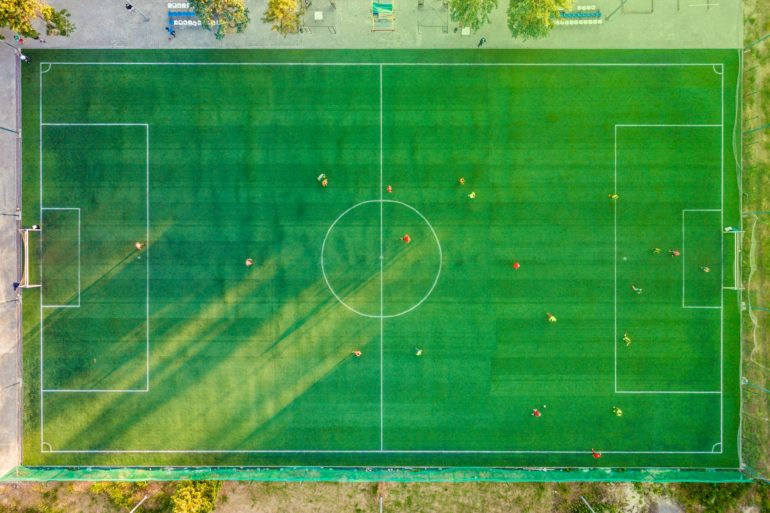Greenhouses
Greenhouses
By NISA Nation Staff
On August 31, 2019, a ball will be kicked in a National independent Soccer Association game for the first time. With that kickoff a new association of independent soccer clubs will officially be up and running. But as NISA’s on-field launch approaches, many United States soccer fans are left to ponder what the future will hold.
Professional soccer in the United States has not provided fans with the smoothest of rides. Over the last several years the discussion surrounding the American soccer landscape has been filled with words and phrases like litigation, professional standards, trademark disputes, lawsuits, and distrust. Where is the dialogue about, well, you know… soccer?
In response to the tumultuous landscape, in some circles a manta has taken hold: Club > League. It is a profoundly powerful rallying cry in large part due to its profoundly simple message. If you support your club then the rest will take care of itself. Of course, who could argue the point that clubs are more important than leagues?
In the recent years of American soccer things have not been quite so simple. While it would be great for fans to only worry about the team on the field and its place in the table, the reality is too many clubs have been negatively affected by the shifting sands of our country’s professional soccer structure. When a club does not know if their league will exist the following season it creates uncertainty. If a club is locked out of the professional structure due to not purchasing the rights to play in the very market in which they were founded it creates uncertainty. What are these clubs to do? The unfortunate truth is that nothing can inhibit growth quite like uncertainty.
There is no question that clubs are greater than leagues. After all, what purpose could a league serve without clubs? And what purpose do clubs serve without communities? But in this paradigm we must also ask ourselves, what is the purpose and role of the league? Just because clubs are greater than leagues, does not mean that the league is without purpose. It does not mean the league has no role in supporting its clubs.
In the United States we have grown so accustomed to the American sports mentality. Just like youth soccer, it is a pay to play model. If your pockets are deep enough then you simply purchase the “right” to bring professional soccer to a market. But who should have the right to dictate to a market who should have its professional rights? While “nobody” would seem to be an obvious response, that is not the perspective of the American sport paradigm. Maybe it is time for this paradigm to change?
Perhaps, instead of leagues functioning as brokers, selling market “rights” to the highest bidders, what we really need is a league to serve as a vessel. Better yet, what we really need is an association of leagues which can foster an ecosystem of independent clubs throughout the country. An association which is not in the business of selling markets, but instead is in the business of supporting the growth of clubs in communities across the country. What we need is a greenhouse.
A properly constructed greenhouse presents the gardener with an optimum growing environment for the plants housed within it. When a plant is placed in a greenhouse, it reaps in the benefits of increased light and heat. A greenhouse provides its plants with the optimum growing environment no matter the external situation outside. When you have an optimum growing environment, the plants inside will be better producing, healthier, and grow faster than those plants outside.
No one visits a greenhouse to admire its construction and materials. When someone visits a greenhouse, they are there for a single purpose: to admire the plants. The greenhouse is simply the vessel. The greenhouse is a tool. The greenhouse only exists in order to provide the best environment possible for the plants to thrive and reach their full potential.
The National Independent Soccer Association was founded on the following four pillars:
1. An affordable and sustainable model for professional soccer.
2. Independent league with team owners controlling league governance, their local clubs, and their intellectual property.
3. Meritocracy & Open System. Results will be driven by performance on and off the pitch. No exclusionary rights will be afforded one club over another.
4. Strong league office with quality staff supplemented with expert consultants that help with the league and team with sales, marketing, and raising capital.
These are the pillars in which NISA will build its greenhouse. But just remember, nobody visits the greenhouse to admire the structure. They visit the greenhouse to admire the plants.





